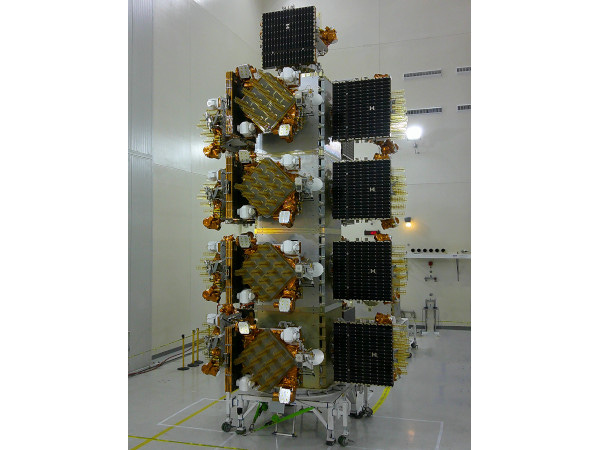Final Satellites Delivered to U.S. Military for New Constellation
Marks a Milestone for Pentagon’s Proliferated Warfighter Space Architecture
The full payload of 21 satellites for the upcoming Tranche 1 Transport Layer launch has been delivered to the U.S. military by York Space Systems. The shipment marks the first operational generation of the Space Development Agency’s (SDA) Proliferated Warfighter Space Architecture.
"This is not a demonstration; this is real warfighting capability on orbi…
Keep reading with a 7-day free trial
Subscribe to The Journal of Space Commerce to keep reading this post and get 7 days of free access to the full post archives.



